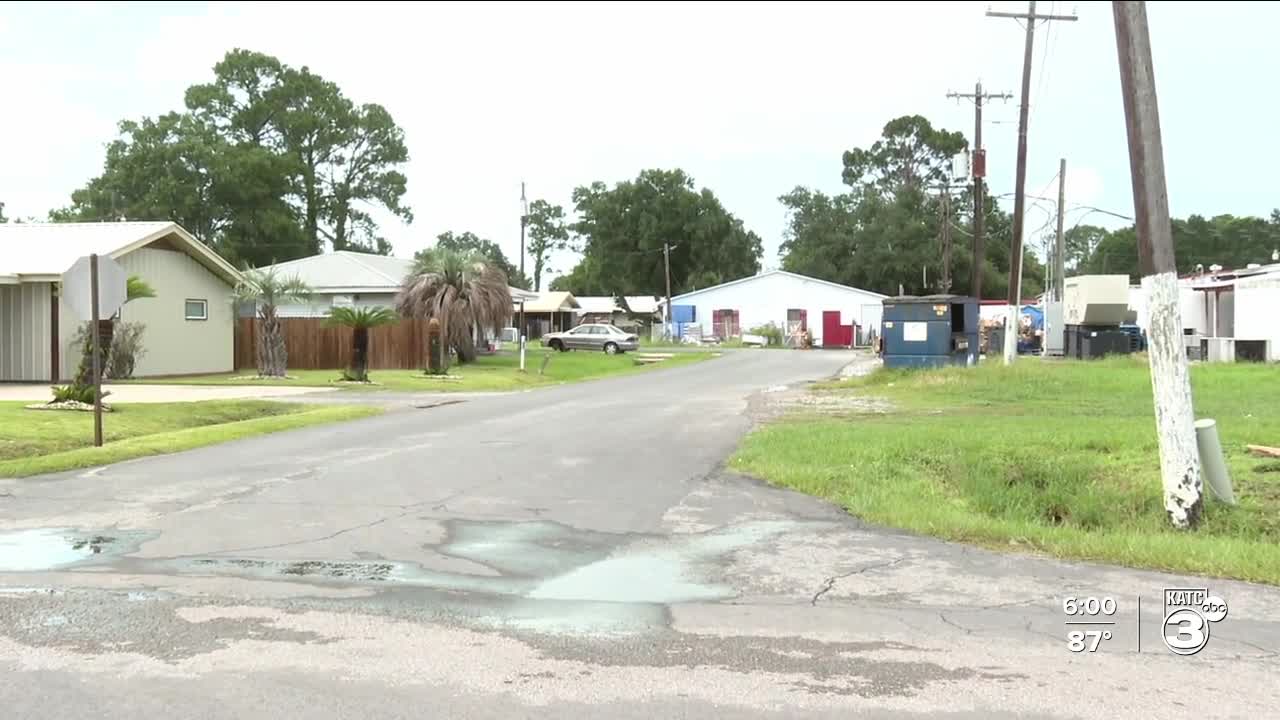ST. MARTIN PARISH — Tall grass, crumbling homes, and trash-filled lots have become a familiar sight in parts of St. Martinville. Mayor Jason Willis says it's an ongoing issue that the city is now pushing to address more aggressively.
“No neighbor wants to live next door to grass as high as your waist, you know trash in your yard, rats and snakes and raccoons coming out of the grass,” Willis said.
According to the mayor, St. Martinville is tracking more than 96 nuisance properties. The problem extends beyond tall grass to include burned or broken structures, fallen trees, and debris that often sit untouched for months. On top of that, the city is responsible for maintaining more than 60 adjudicated properties—vacant lots and damaged homes that have fallen into municipal hands due to neglect or legal complications.
Residents on Mary Ann Street say they’ve had to deal with the consequences firsthand, reporting sightings of snakes slithering through their yards, often coming from the tall grass nearby.
Under St. Martinville’s current ordinances, agricultural activity like hay production is technically allowed. However, that has caused confusion around enforcement, especially when it conflicts with the city’s grass height rule, which limits overgrowth to 12 inches. That contradiction was a major topic at this week’s city council meeting.
“The ordinance was kinda contradicting itself, you know, so the council just made it clear that they interpret that if it's 12 inches or higher you have to cut your grass. So I don't think nobody should be doing hay in the city limits,” Willis said.
The city attorney is now reviewing options that could allow legitimate hay production under specific conditions—without making it easier for property owners to avoid upkeep.
As for enforcement, Willis says the city gives property owners a short window to act before stepping in.
“so the way we do it is we send a letter to these residents or to the property owners and after they receive it or we receive back, after 10 days, it allows the city to hire a contractor or send our grass crew out there to cut the grass,” Willis explained.
The cost of that work is billed to the property owner. If unpaid, it can be added to the owner's tax bill. Still, Willis says compliance remains an issue.
“Trust me, they have a bunch—we have a bunch of properties that we have to cut,” he said.
Willis says stricter enforcement and clearer expectations are key to improving quality of life for residents—and encouraging more property owners to take responsibility for the land they own.





